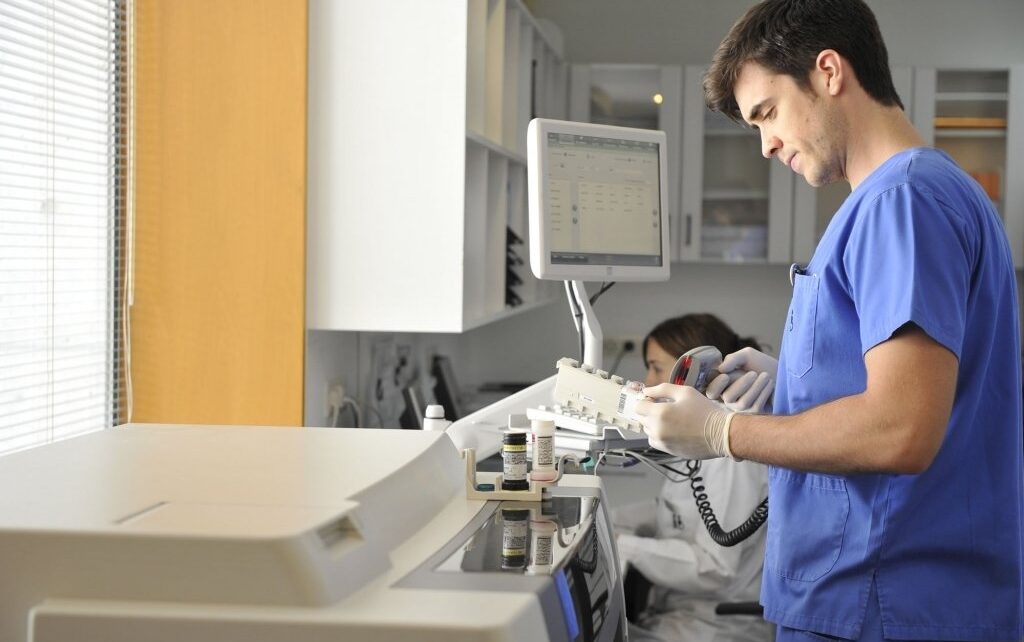
AIDS. Assisted reproduction is the best option
The risk of contracting HIV during unprotected sexual intercourse is estimated to be between 0.5 and 1%. For serodiscordant couples (one partner is a carrier), trying for a child naturally can entail an elevated risk of transmission. In cases such as these, assisted reproduction techniques are an excellent choice for getting pregnant without the risk of infecting the partner and child.
Before embarking on assisted reproduction treatment of any kind, both the male partner and the female partner need to undergo an extensive fertility analysis in order to select the most appropriate type of treatment for their case. Whatever the choice, success rates are generally high because, on the whole, the couple does not have fertility any issues and the treatment is simply a means of minimising the risk of contagion.
If the male partner is HIV positive, it is important to determine if the patient has an undetectable viral load before treatment begins. Following this, seminal lavage is performed in order to separate the spermatozoa from the semen plasma which is where the majority of viral particles are found. Once they have been separated, the viral load is analysed in a sample of the spermatozoa and if no viral particles are detected, the sample can be used for assisted reproduction techniques with minimal risk. The techniques include artificial insemination, conventional in vitro fertilisation (IVF) and intracytoplasmic sperm injection (ICSI), depending on the condition of the sperm sample. ICSI is generally the technique of choice because, following seminal lavage, the number of available spermatozoa and their motility decrease. Furthermore, selection and insertion of a single spermatozoa into each oocyte means that the risk of viral infection is practically non-existent.
If the female partner is HIV positive, she will need to have a very low viral load in blood and good immunity in order to be able to get through the pregnancy. Otherwise, it could lead to complications. From a reproduction point of view, if the couple is not sterile, artificial insemination is sufficient in order to avoid the need to have unprotected sexual intercourse. Fresh semen or seminal lavage can be used if the male partner is also HIV positive although, as mentioned above, when the male partner has HIV, the technique of choice is ICSI.
As well as the assisted reproduction techniques themselves, in cases of this kind it is important to take special measures during pregnancy, childbirth and nursing in order to ensure that the offspring is not affected. The pregnancy must be carefully monitored, childbirth should be performed by caesarean section (in order to minimise contact between the mother’s blood and the foetus’ blood) and the mother should avoid breastfeeding because it entails a risk of transmission of the virus.
Assisted reproduction techniques are an excellent reproduction option when one partner is HIV positive because they significantly reduce the risk of contagion. So far, there have not been any recorded cases of seroconversion in women who have undergone treatment, nor infection of the baby. Our clinics have all the necessary means of ensuring biological safety in order to eliminate the risk of transmission.
